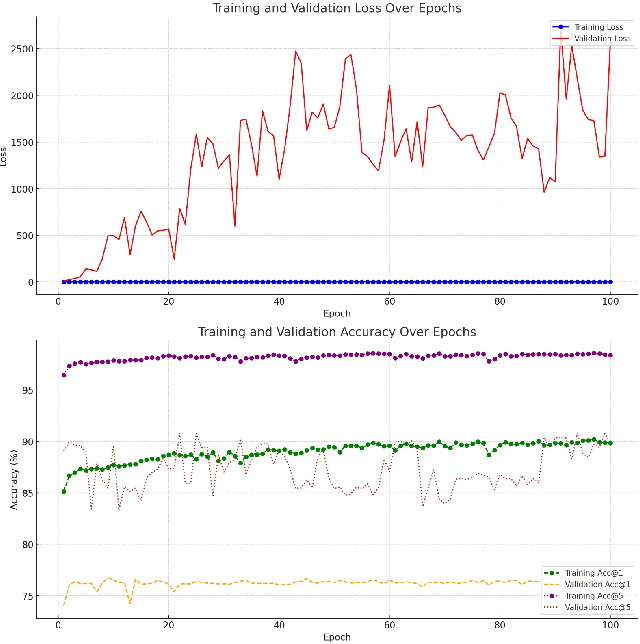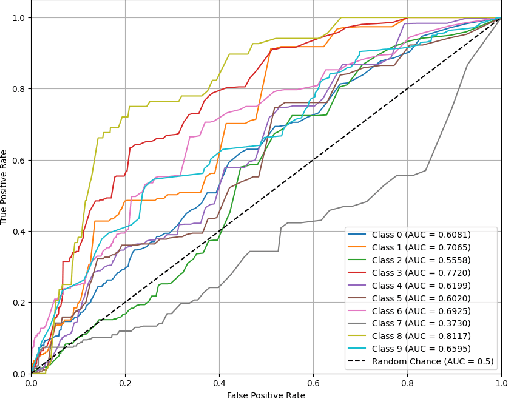Shree Mitra
FUSECAPS: Investigating Feature Fusion Based Framework for Capsule Endoscopy Image Classification
Nov 04, 2024



Abstract:In order to improve model accuracy, generalization, and class imbalance issues, this work offers a strong methodology for classifying endoscopic images. We suggest a hybrid feature extraction method that combines convolutional neural networks (CNNs), multi-layer perceptrons (MLPs), and radiomics. Rich, multi-scale feature extraction is made possible by this combination, which captures both deep and handmade representations. These features are then used by a classification head to classify diseases, producing a model with higher generalization and accuracy. In this framework we have achieved a validation accuracy of 76.2% in the capsule endoscopy video frame classification task.
Decorrelation-based Self-Supervised Visual Representation Learning for Writer Identification
Oct 02, 2024



Abstract:Self-supervised learning has developed rapidly over the last decade and has been applied in many areas of computer vision. Decorrelation-based self-supervised pretraining has shown great promise among non-contrastive algorithms, yielding performance at par with supervised and contrastive self-supervised baselines. In this work, we explore the decorrelation-based paradigm of self-supervised learning and apply the same to learning disentangled stroke features for writer identification. Here we propose a modified formulation of the decorrelation-based framework named SWIS which was proposed for signature verification by standardizing the features along each dimension on top of the existing framework. We show that the proposed framework outperforms the contemporary self-supervised learning framework on the writer identification benchmark and also outperforms several supervised methods as well. To the best of our knowledge, this work is the first of its kind to apply self-supervised learning for learning representations for writer verification tasks.
 Add to Chrome
Add to Chrome Add to Firefox
Add to Firefox Add to Edge
Add to Edge